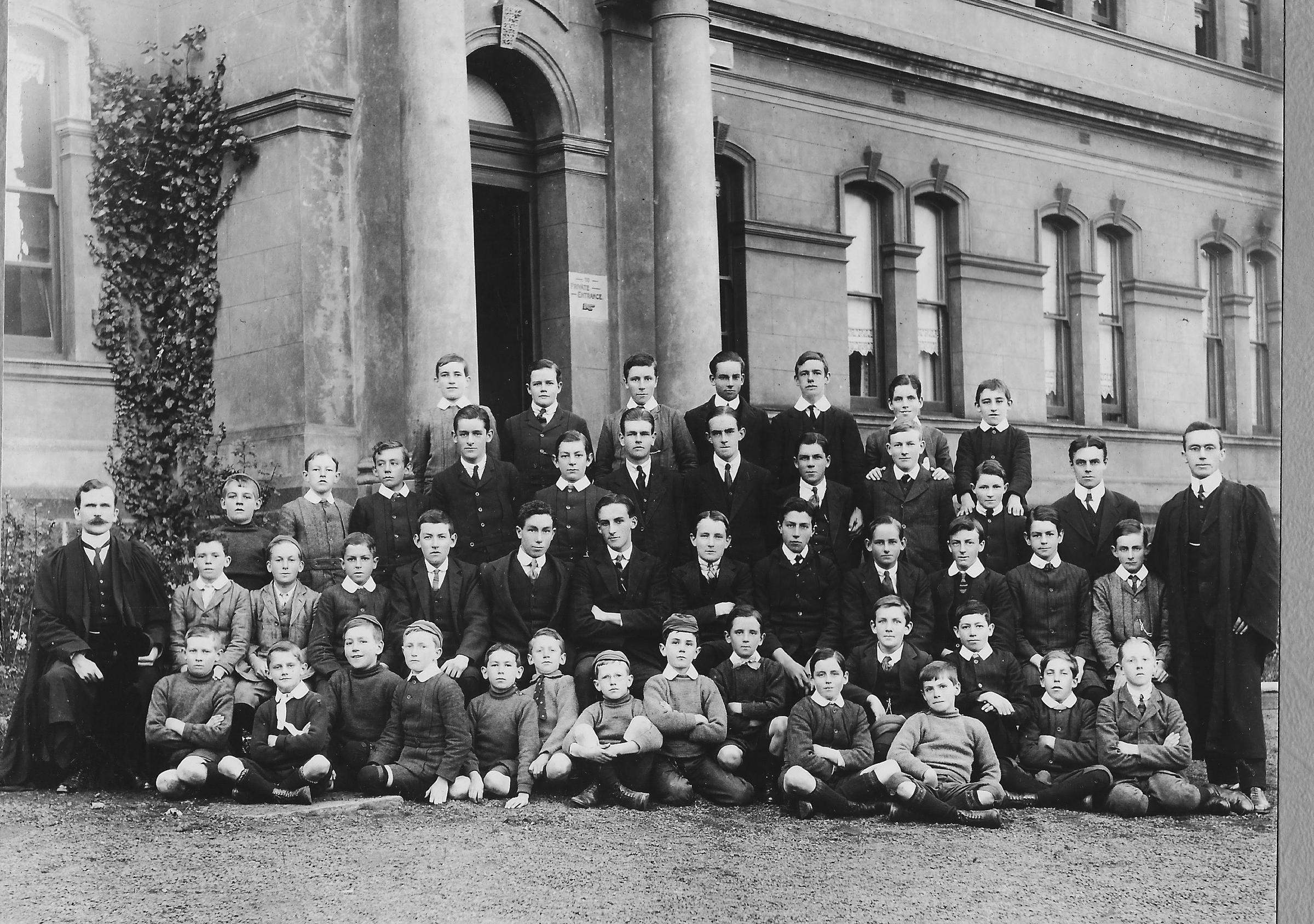Middle Years

Learning as a generative activity
“Learning is not a spectator sport”
Learning is a generative activity in which learners must actively try to make sense of material that is presented to them. For teachers and students learning should be seen as a process of sense-making, in which we try to understand what is presented by actively selecting relevant pieces of presented information, mentally organising them, and integrating them with other knowledge we already have. This all sounds wonderful, but the big question remains, what can students do to maximise their learning in the lead up to examinations?
I follow a blog by Paul Kirschner, an Emeritus Professor of Educational Psychology at the Open University of the Netherlands, and here are seven generative learning activities that he suggests can be used to maximise learning (and revision):
- Summarising - is an active process in which a student must first select the core ‘message’ from a source. Then they look for connections between the new subject matter they just engaged with. Finally, they try to link it to their prior knowledge and make meaning out of it. This process helps them to get a deeper understanding of the subject matter.
- Mapping - involves extracting the most important concepts from an information source and arranging them in such a way that the interrelations between those concepts become visually clear. Mapping can also make the interrelations between the new information (the presented concepts) and prior knowledge explicit.
- Drawing - students convert verbal information (such as what they read in a textbook or hear in a lecture/lesson) into visual information (some kind of drawing).
- Self-explaining - while studying/learning students aim to explain to themselves what they’re learning, thus activating relevant prior knowledge and integrating and organising the new information. In other words, you have to try to explain what’s going on in a text, concept, diagram, worked example, step-by-step plan, etc. Remember, self-explaining is more than just paraphrasing or copying something; after all, neither generates a new product.
- Teaching Others - means that students explain the subject matter they have studied to someone else, usually to their peers.
- Self-testing – students ask themselves a question and see whether they can retrieve the answer from memory (often referred to as retrieval practice) instead of looking up the information in their text book or online. Self-testing is about a retrieval attempt; trying to remember something. In other words, the act of retrieving doesn’t necessarily have to be successful. Learning gains are greatest when learners have to think hard, but, nevertheless, are able to retrieve at least some of the information successfully.
- Imagining - while studying/learning students intentionally creating a mental image of what they’re learning. Think of a story and try to imagine what a certain scene would look like. Imagining something (seeing something ‘in your mind’s eye’) implies converting verbal or textual information from the original source into a mental image that the student generates. In that way, this learning strategy is closely related to drawing as both strategies stimulate learners to convert verbal information into visual information. The only real difference is that one is also a physical activity while the other exclusively a mental activity.
During their revision for the up and coming examinations, I encourage the Middle Years students to give some of these generative learning strategies a go. But remember, “Learning is not a spectator sport;” they need to actively do something to make the most of their revision time.
Ben Hawthorne
Head of Middle Years
